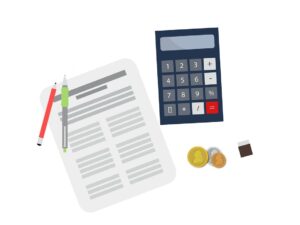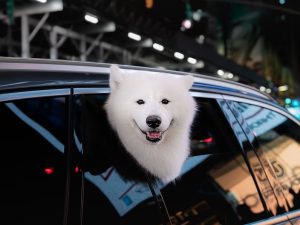Back in 1950, Alan Turing proposed the question of can machines be equipped with a form of intelligence, and contemporary technological developments have provided an answer to that question. Artificial Intelligence (AI) has revealed its true potential due to improvements of computing power and big data. AI has been associated with a number of significant developments in business and technology. Since AI intersects with intellectual property in a number of ways, the question of whether AI is capable of owning what it creates emerged.
A program that has been developed for machine learning purposes includes a built-in algorithm that allows it to learn from data. When it comes to creative works, these algorithms are learning from the input. Yet while programmers may set parameters, the work is generated by the program itself, namely the neural network, that made independent decisions throughout the process. For instance, in 2016 an AI analysed 346 Rembrandt’s paintings and generated a 3D portrait of 148 million pixels. Furthermore, the film Sunspring is the first film ever written entirely by an AI named Benjamin. The AI-based humanoid robot artist Ai-Da draws using cameras in her eyes, her robotic arm and AI algorithms. Ai-Da is not the only one capable of doing such things since Google’s DeepDream is capable of producing pieces of psychedelic art.
In 2019, the World Intellectual Property Organisation (WIPO) has opened consultations on the matter of AI-based systems becoming more and more creative. It has been concluded that AI is able to generate creative works independently. The traditional intellectual property framework has been associated merely with human creativity in the past. The next question that arises it whether copyright law can accomodate AI-based creations. In August 2021, the Indian copyright office has recognised RAGHAV Artificial Intelligence Painting App, an AI-based system, as the co-author of an artistic work protected by copyright. The debate of whether copyright law is able to protect AI-assisted output has been trending on the EU level as well. In 2020 the European Commission has published the report on the ‘Trends and Developments in Artificial Intelligence: Challenges to the Intellectual Property Framework’ and held that there is no need for any current changes based on the assumption that a fully autonomous creation by AI doesn’t exist yet.
Overlaps of AI and intellectual property law will increase in the future due to the widespread use of AI and its rapid development. From autonomous vehicles to artistic creations, AI-based technology has been on the edge of leading innovation. The rise of machines is happening, and they came as creators.



